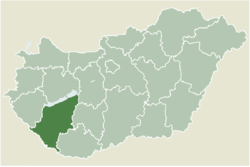
Kaposvár is a city with county rights in southwestern Hungary, south of Lake Balaton. It is one of the leading cities of Transdanubia, the capital of Somogy County, and the seat of the Kaposvár District and the Roman Catholic Diocese of Kaposvár.

Somogy is an administrative county in present Hungary, and also in the former Kingdom of Hungary.
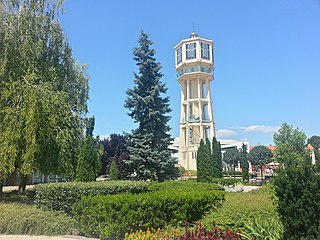
Siófok is a town in Somogy County, Hungary on the southern bank of Lake Balaton. It is the second largest municipality in Somogy County and the seat of Siófok District. It covers an area of about 124.66 km2 between Lake Balaton, the Mezőföld and the Outer Somogy-Hills. Lying at the firth of the Sió Channel, it serves as the most important logistic station for goods between Lake Balaton and the River Danube.

Csurgó is a town in Somogy County, Hungary, and the seat of Csurgó District.

George I Rákóczi was Prince of Transylvania from 1630 until his death in 1648. Prior to that, he was a leader of the Protestant faction in Hungary and a faithful supporter of Gabriel Bethlen, his predecessor as Prince. When Bohemian nobles requested military support in their struggles against the Habsburg monarchy, Rákóczi persuaded Bethlen to help and commanded Transylvanian forces in several battles. Rákóczi was elected prince after Bethlen's death, succeeding Bethlen's wife Catherine of Brandenburg and brother Istvan.
Polgár is a city in the administrative county of Hajdú-Bihar in eastern Hungary.

Szabadhídvég is a village in Fejér county, Hungary.
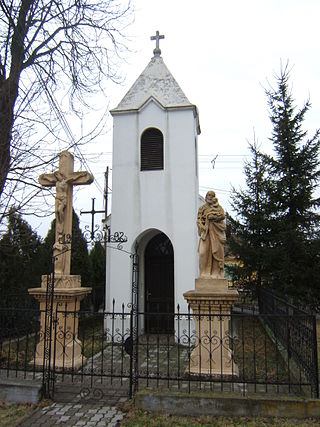
Nagyatád is a town in Somogy County, Hungary and the seat of Nagyatád District. Bodvica, Henész and Kivadár are parts of Nagyatád.

The Black Army, also called the Black Legion/Regiment – were the military forces serving under the reign of King Matthias Corvinus of Hungary. The ancestor and core of this early standing mercenary army appeared in the era of his father John Hunyadi in the early 1440s. The idea of the professional standing mercenary army came from Matthias' juvenile readings about the life of Julius Caesar.
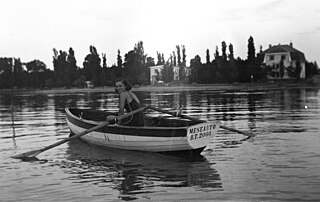
Balatonszabadi is a village in Somogy county, Hungary.

Bálványos is a village in Somogy County, Hungary.

Gadács is a village in Somogy county, Hungary.

Kötcse is a village in Somogy county, Hungary. The village is known for being a summer resort because of its proximity to Lake Balaton and its good weather conditions. Several houses are weekend houses and have no permanent residents. Among others former Prime Minister and leader of the DK political party, Ferenc Gyurcsány spends his holidays here with his family. Since 2004 the settlement and the Dobozy Chateau hosts the Polgári Piknik meeting organized by the Polgári Magyarországért Alapítvány of the Christian-conservative elite. Leading figures of Hungarian life - politicians, thinkers, scientists, business people - gather together in the village for the event.
Hungarian Slovenes are an autochthonous ethnic and linguistic Slovene minority living in Hungary. The largest groups are the Rába Slovenes in the Rába Valley in Hungary between the town of Szentgotthárd and the borders with Slovenia and Austria. They speak the Prekmurje Slovene dialect. Outside the Rába Valley, Slovenes mainly live in the Szombathely region and in Budapest.
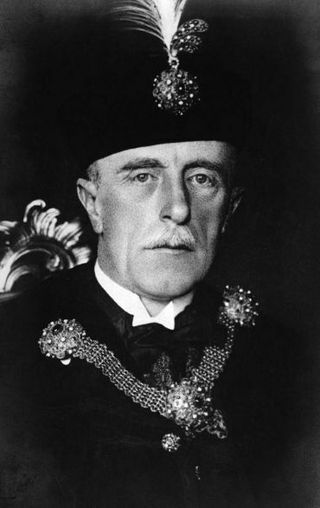
Ferenc Keresztes-Fischer was a Hungarian lawyer and politician. He was an advisor of the Pécsi Takarékpénztár Rt. / Pécs Savings Bank Corp. He was the prefect of Baranya County 1921–1931, and the prefect of Somogy County 1925–1931 and was appointed as Interior Minister of Hungary twice; between 1931–1935 and 1938–1944. He controlled the police terror against both the left and right wing political movements. In a secret directive he ordered the collection of Press articles.(?) On 12 September 1938, he allowed the OMIKE to increase its activities. During the Second World War he was an active supporter of the Regent, Admiral Miklós Horthy. After the death of Pál Teleki Keresztes-Fischer became acting Prime Minister on that day. One year later, On March 7, 1942, Bárdossy the prime minister was forced to resign suddenly by Regent Horthy and as Minister of the Interior, Ferenc-Keresztes was the interim Prime Minister until 9 March, when Miklós Kállay was appointed to this position.

Dr. Sándor Kozma de Leveld was a Hungarian politician and jurist, who served as the first Crown Prosecutor of Hungary from 1872 to 1896.

Felsőtárkány is a municipality in the Eger District of Heves county, Hungary.
The following lists events in the year 2020 in Hungary.

The Bertha de Felsőőr family is a still existing Hungarian noble family from Vas county, who moved to Sopron and Zala counties also. The family received noble title in exchange for his service as a border guard at Oberwart (Felsőőr). The family's nobility was confirmed on July 1, 1327, by Charles I. The first documented family name version was on January 18, 1582, by Rudolf II in Pressburg, when the family members were Márton, Mihály and Ferenc Bertha.
